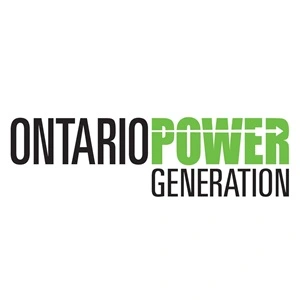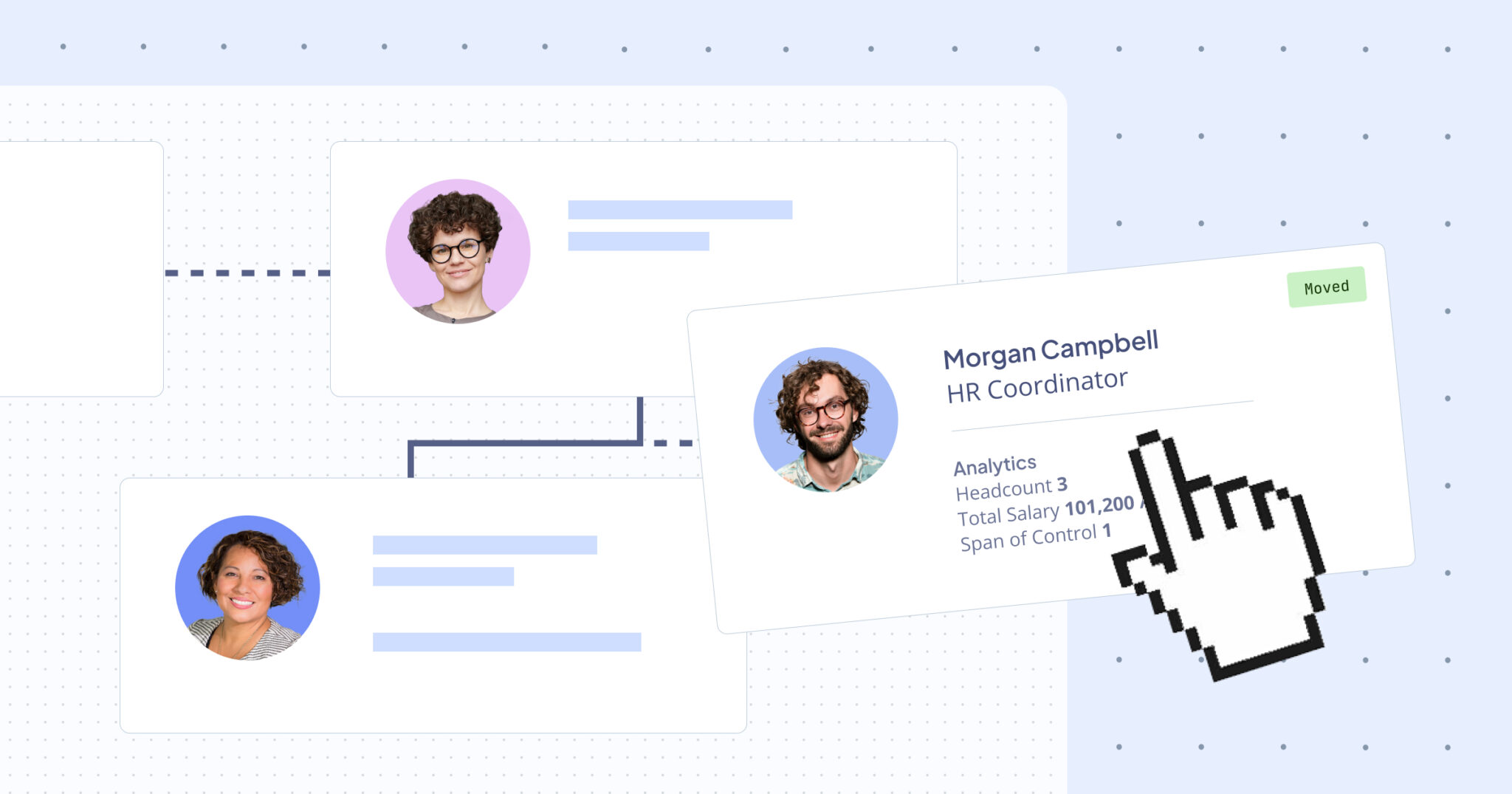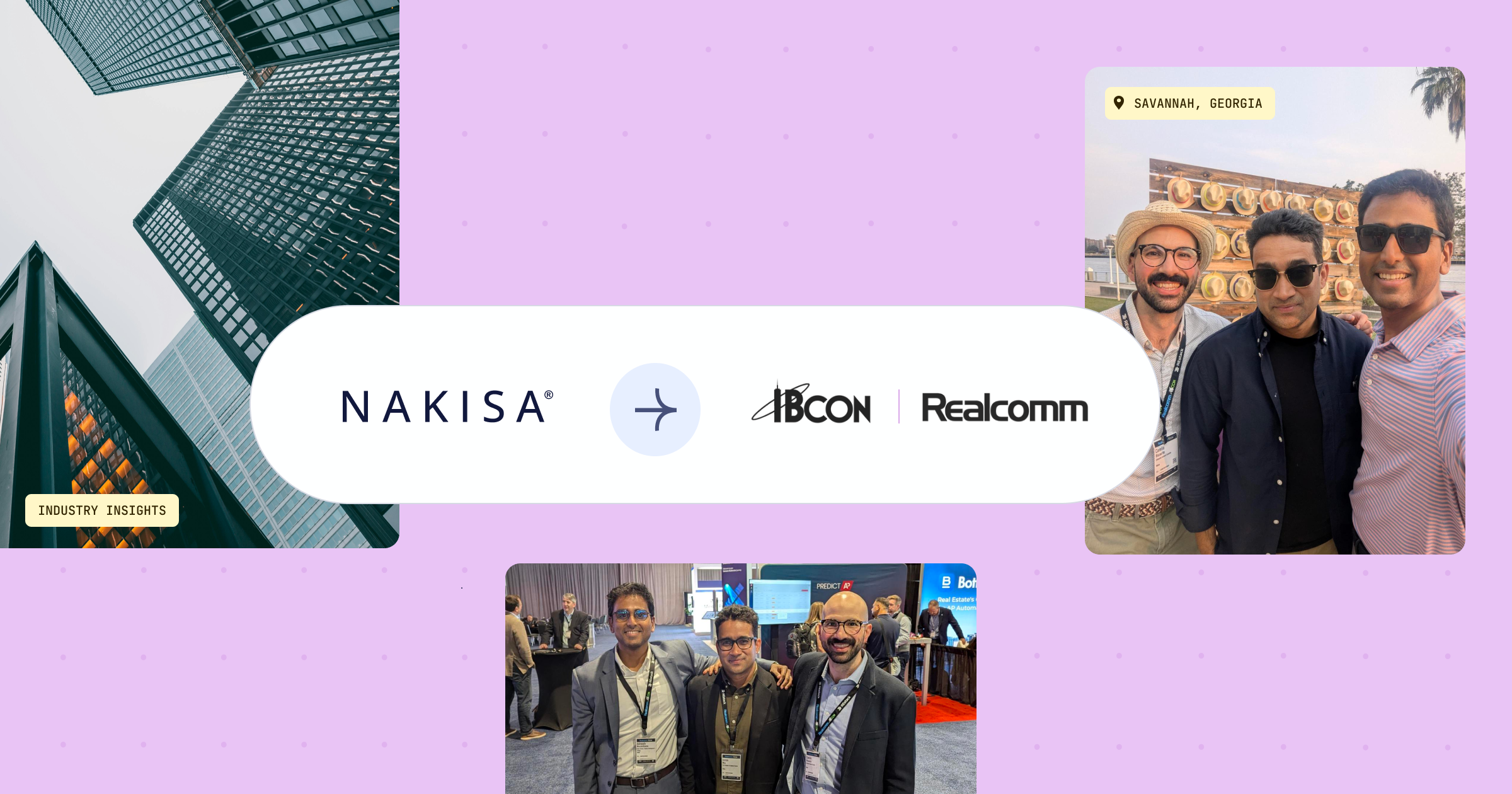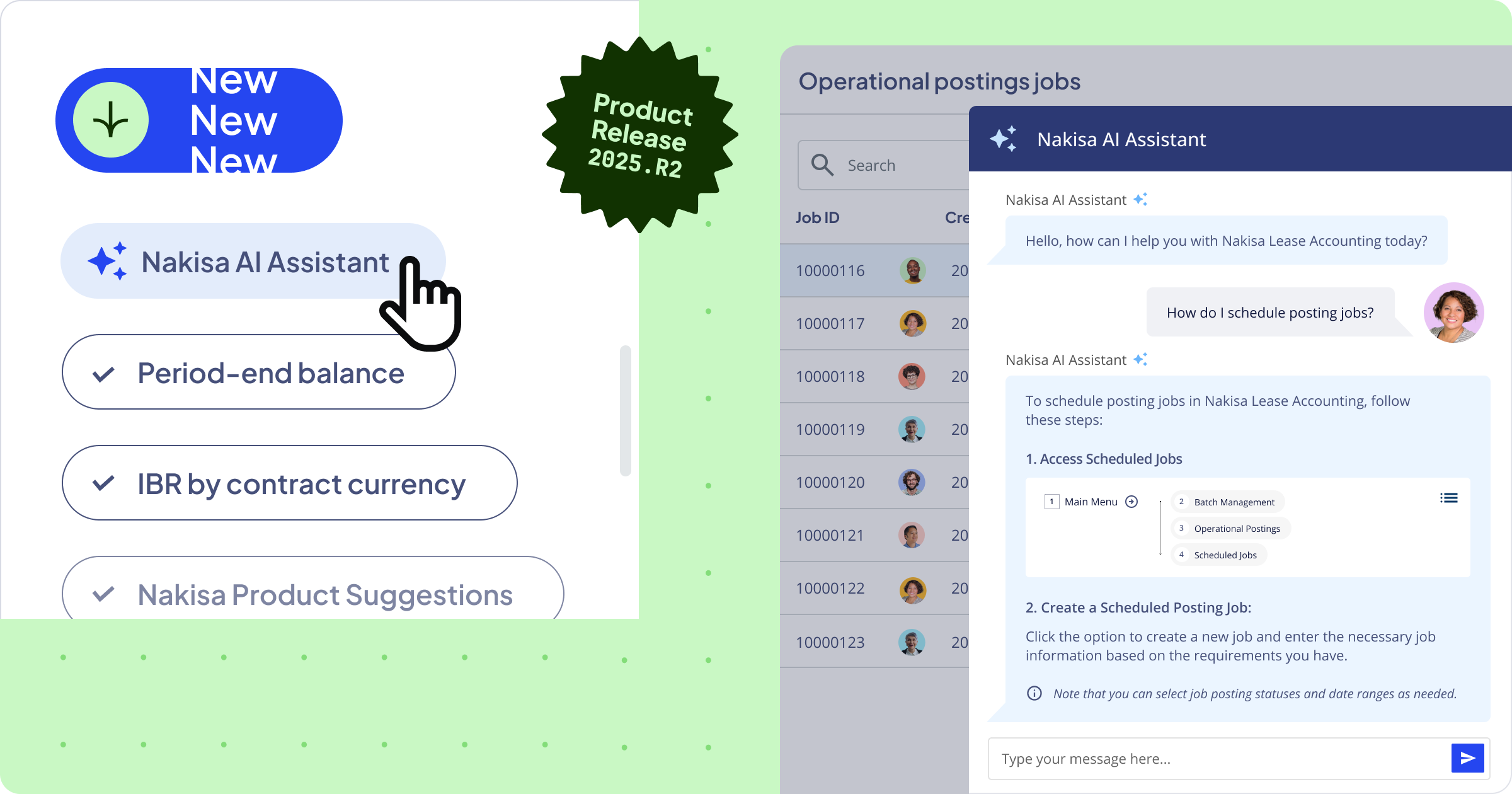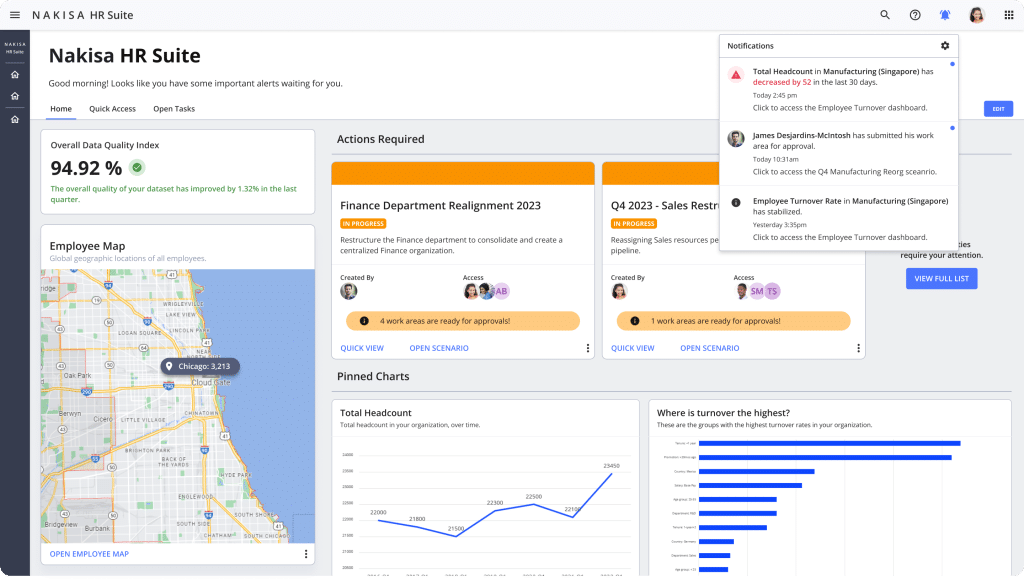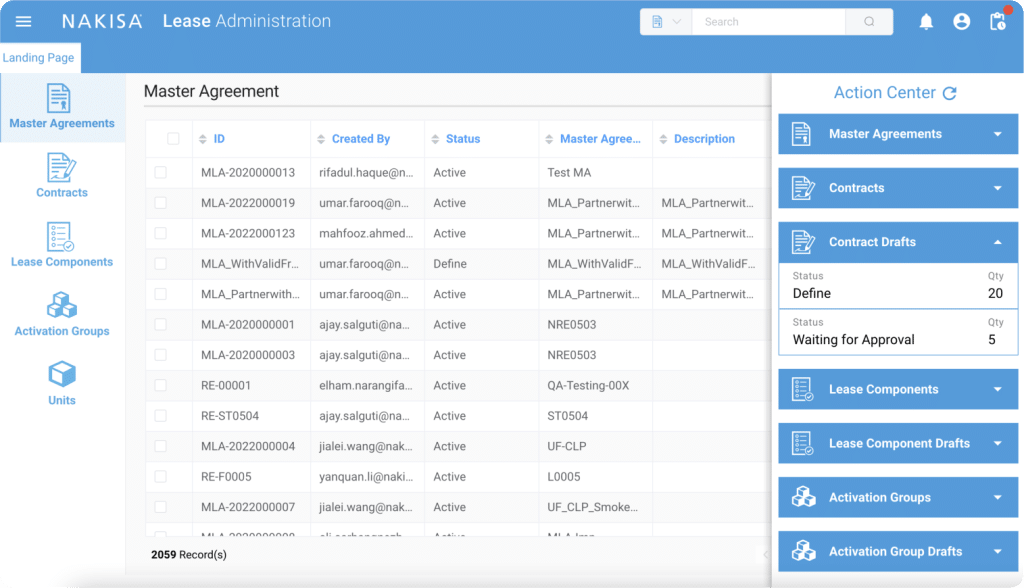About Ontario Power Generation (OPG)
Ontario Power Generation (OPG) is Ontario’s largest clean power generator and a leading innovator in clean energy. As the world’s energy transition gains speed, OPG is on a mission to build a sustainable and affordable future powered by our electricity, ideas, and people. Through bold leadership, OPG is bringing to life its vision to electrify life in one generation.
OPG owns and operates multiple nuclear stations, hydroelectric stations, thermal generating stations, a solar facility, and several combined-cycle gas turbine plants through its subsidiary. With more than 10,500 employees in Canada and the U.S., OPG and its people are providing clean, reliable electricity for all of life’s needs while laying the foundation for a sustainable future.
Since 2017, OPG has optimized workforce reorg through Nakisa's organizational design software (formerly Hanelly), cutting the end-to-end process timeline from 38 days to just 5. This transformation is fueled by bidirectional data integration between SAP HCM and Nakisa, coupled with HR reporting and collaborative features.
Claudia Leavens
Manager, Org Design & Job Evaluation at OPG
OPG’s organizational design process and challenge before Nakisa
Let’s give a word to Claudia Leavens, Manager, Org Design & Job Evaluation at OPG. Here is what she said about the organizational design process at OPG:

As a complex and large organization, OPG faced several challenges in organizational modeling and workforce planning. Some key contributing factors to these intricacies were:
- A diverse workforce: OPG manages a diverse workforce, including regular and temporary employees and contractors.
- High workforce unionization: With around 90% of the workforce unionized, OPG needs to navigate staff movement according to collective agreements. The company heavily relies on accurate employee data to ensure the right people are in the right roles.
- Involvement of multiple stakeholders: The participation of various stakeholders complicated decision-making processes causing back-and-forth iterations and reconsiderations.
Addressing those challenges required meticulous consideration and strategic approaches for effective workforce planning. OPG has been using SAP Human Capital Management (HCM) as the HR system of record and implemented SAP SuccessFactors for their evolving needs. OPG also needed advanced functionality for organizational design and scenario simulations since they commonly had over 1,000 annual organizational changes to timely respond to market changes and new business strategies.
From 2012 to 2014, OPG underwent a massive enterprise-wide reorganization to transform the business and form a center-led model. The organization faced a significant hurdle as it used a basic organizational design tool that required countless hours of manual work to create org charts and add labels to employee statuses and types. Once created, the org charts were printed out and validated by HR and line managers, only to be sent back for updates in the org chart tool.
With numerous stakeholders involved in the process, there were a lot of back-and-forths, with many updates, confirmations, and reconsiderations, resulting in multiple iterations. The lack of collaboration features in the tool meant that only one person could add entries for the entire organization. The reorganization took a toll on both HR and finance resources, demanding extensive working hours and resulting in a high margin of error. With this manual process, it was impossible to analyze the new organizational structure in a comprehensive, accurate, and timely manner.
In 2016, OPG had to prepare a new organizational model to reflect the business challenges related to staff movement. The company needed a trusted vendor partner and advanced workforce planning software that could automate data management with integrations, enhance collaboration between departments, streamline approvals, and address evolving organizational needs.
The solution: enterprise organizational design software with native write-back capabilities to SAP HCM
In 2017, OPG engaged Nakisa Workforce Planning (formerly Hanelly) to address the challenges in organizational design. Listen to Claudia Leavens about the first years of OPG leveraging Nakisa software:

During the first phase of our partnership, Nakisa provided OPG with native one-directional ERP integration between SAP HCM and Nakisa HR Suite. Instead of recreating the structures in a stand-alone solution, the OPG HR team started using accurate real-time data directly from SAP.
Nakisa organizational design software also offers seamless synchronization between ERP data sources and scenarios for future organizational changes. It means that if any ERP data (SAP HCM in OPG’s case) was changed or modified during the scenario creation, the system will automatically merge changes and notify users in case of any data conflicts.
Automated data integration not only streamlined data entry but also empowered HR analytics and reporting. By leveraging various data elements and out-of-the-box reports, OPG’s HR team gained the capability to better inform business leaders, enabling proactive, data-driven decisions.
OPG also aims to analyze year-over-year headcount changes based on pay grades, organization layers, business units, and various employee types (e.g., regulars and contractors). Leveraging Nakisa HR Suite’s effective dating capabilities, OPG can now effortlessly generate reports and comprehensive dashboards on historical data. This system makes it easier to slice, dice, and drill down into the data, saving precious time and effort compared to manual reporting processes.
Nakisa’s collaborative functionalities enabled multiple users to work on organizational design based on their area of responsibility and role. This collaborative approach addressed challenges faced during previous manual processes, where only one person could enter data into the system.
The second phase of this partnership involved implementing write-back capabilities from Nakisa org modeling scenarios to SAP HCM. Bidirectional integration aimed to further optimize the organizational change decision-making process and cross-team collaboration.
At OPG, line managers, HR business partners, and the finance and payroll team all need to align and agree on the organizational change. Even though one-directional integration greatly optimized the work for the HR team and saved many working hours with integration and collaborative features, write-back capabilities were the next step toward smoother collaboration with the finance and payroll team, enabling alignment across all stakeholders.
Nakisa’s write-back capabilities include precautions and verifications before the data gets pushed as a new organizational structure. First, only people with specific access can start the write-back process to ERP and Nakisa will require an additional validation by asking for the write-back credentials any time a user starts the write-back process. Then, Nakisa ensures data integrity before the write-back and if there are any data conflicts, it blocks the write-back.
OPG is committed to new growth initiatives and business efficiency, and with the powerful organizational design and workforce planning software, Nakisa HR Suite, they can proactively address these market changes.
Do you need enterprise organizational design software with ERP write-back capabilities?
Nakisa is a global leader in cloud-native organizational design and workforce planning solutions, providing enterprises with the best tools to enhance agility and adaptability. Watch this video from the industry expert Sherif Luka who explains how ERP write-back functionality works in Nakisa:

Interested in learning more? Let’s have a no-obligation call! Our experts with 20+ years of experience will be happy to assist you and tell you more about Nakisa HR Suite. Book a call with us or explore various products of Nakisa’s solutions for workforce planning!

